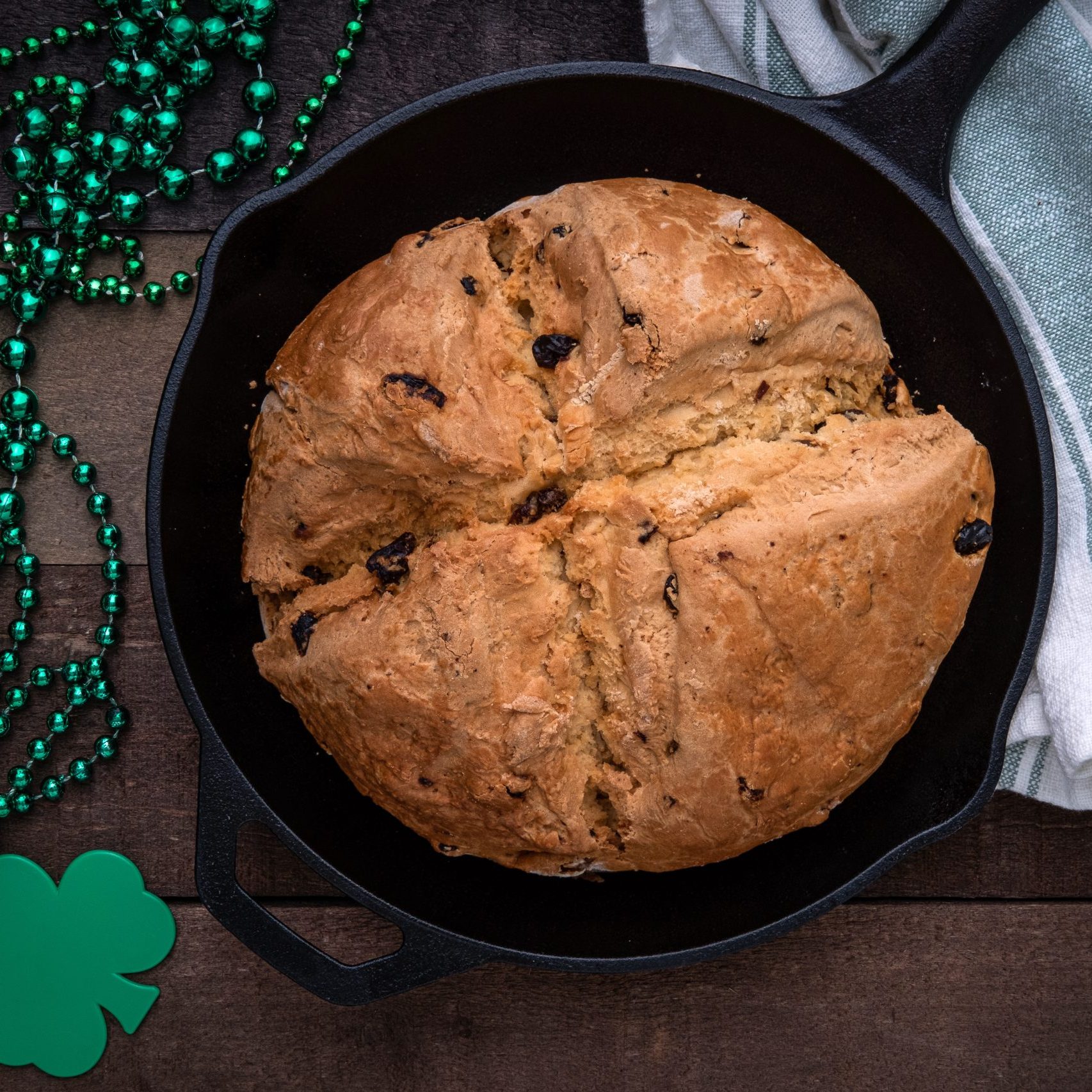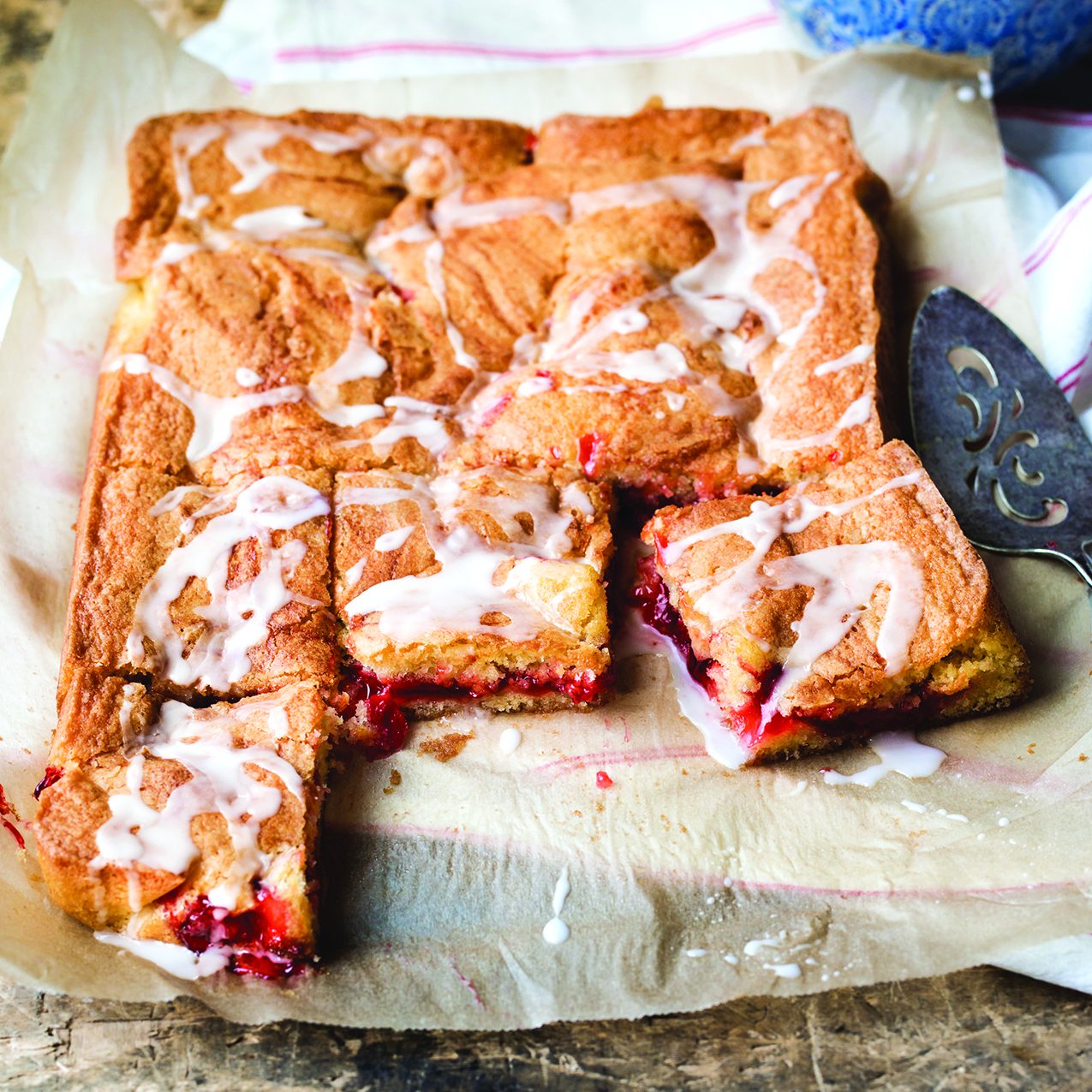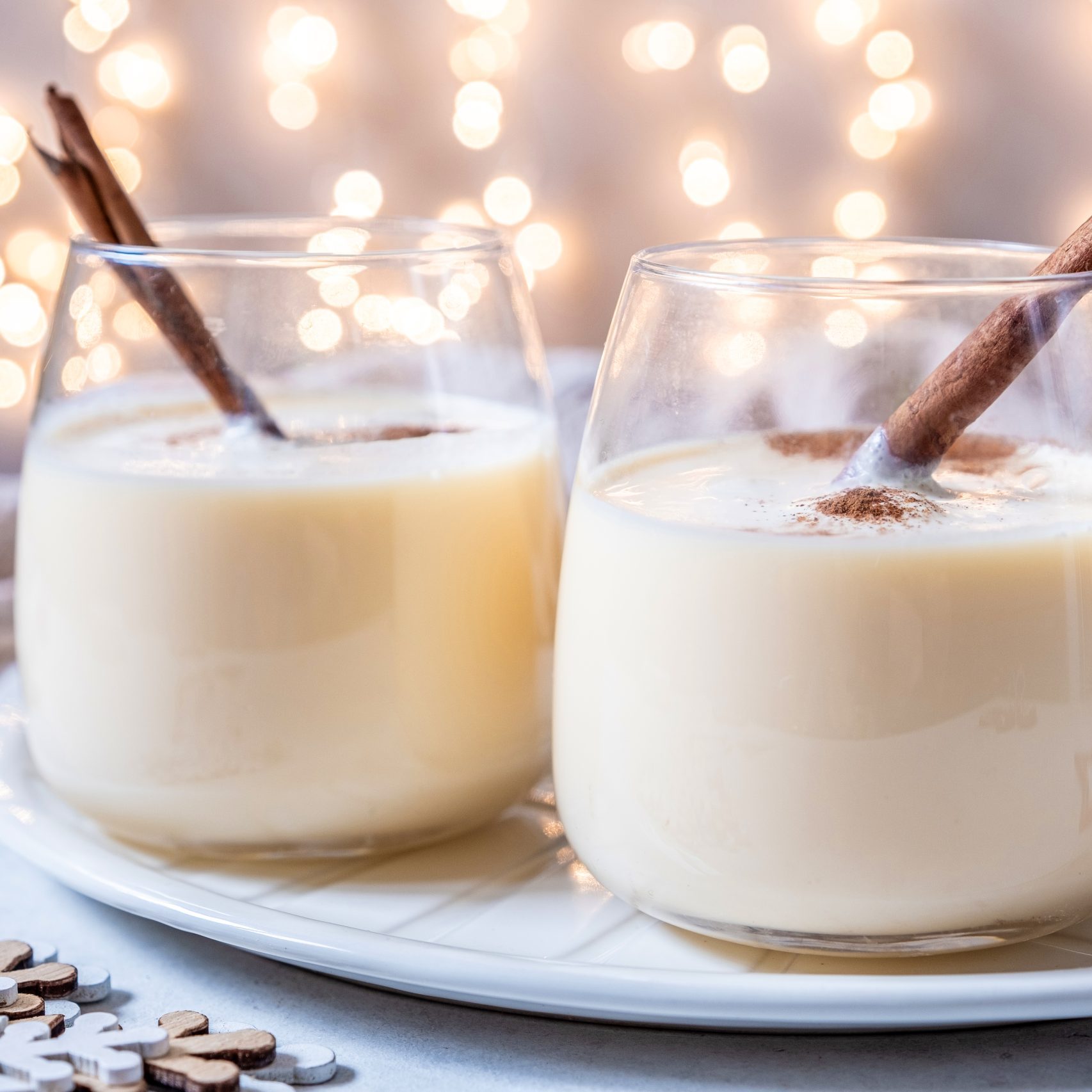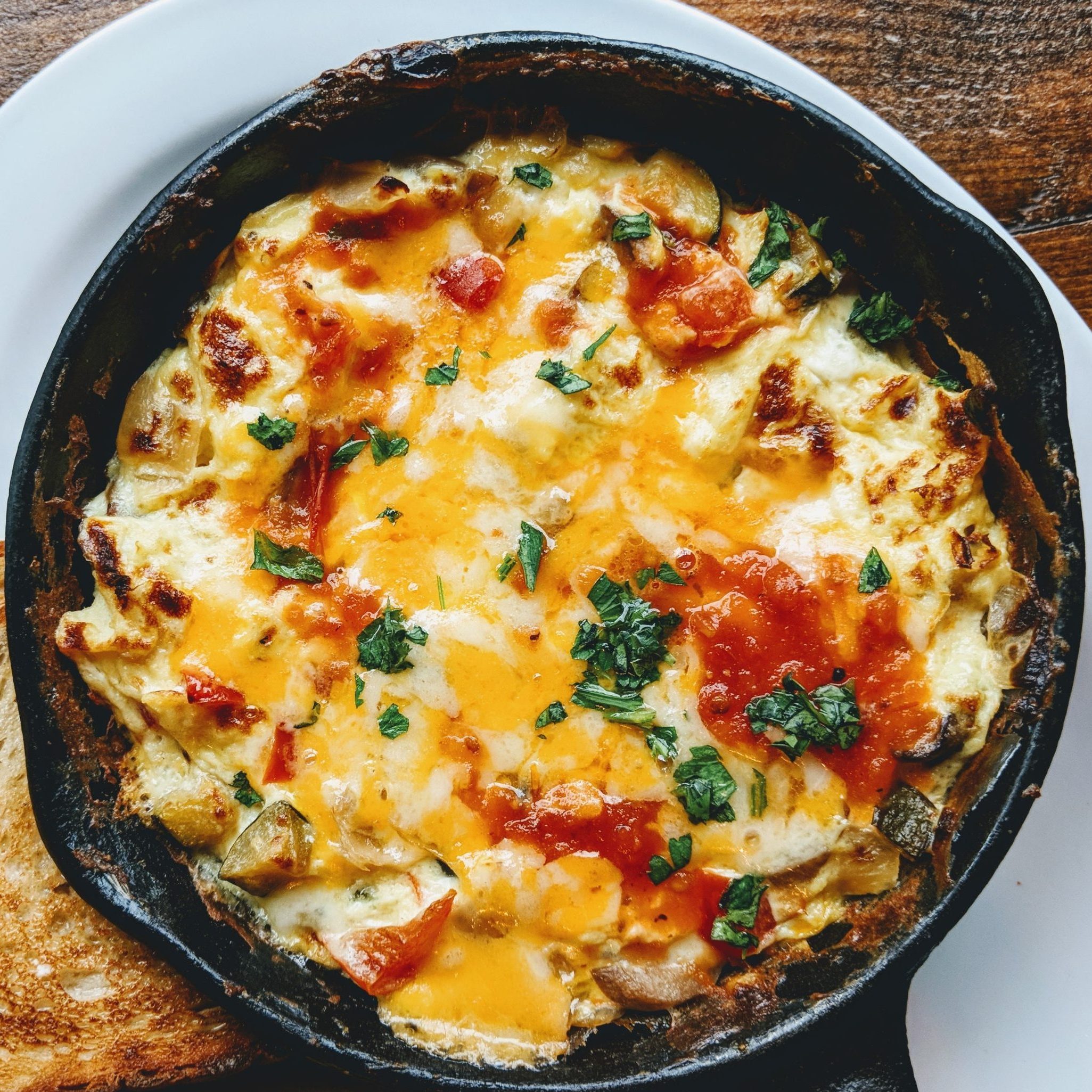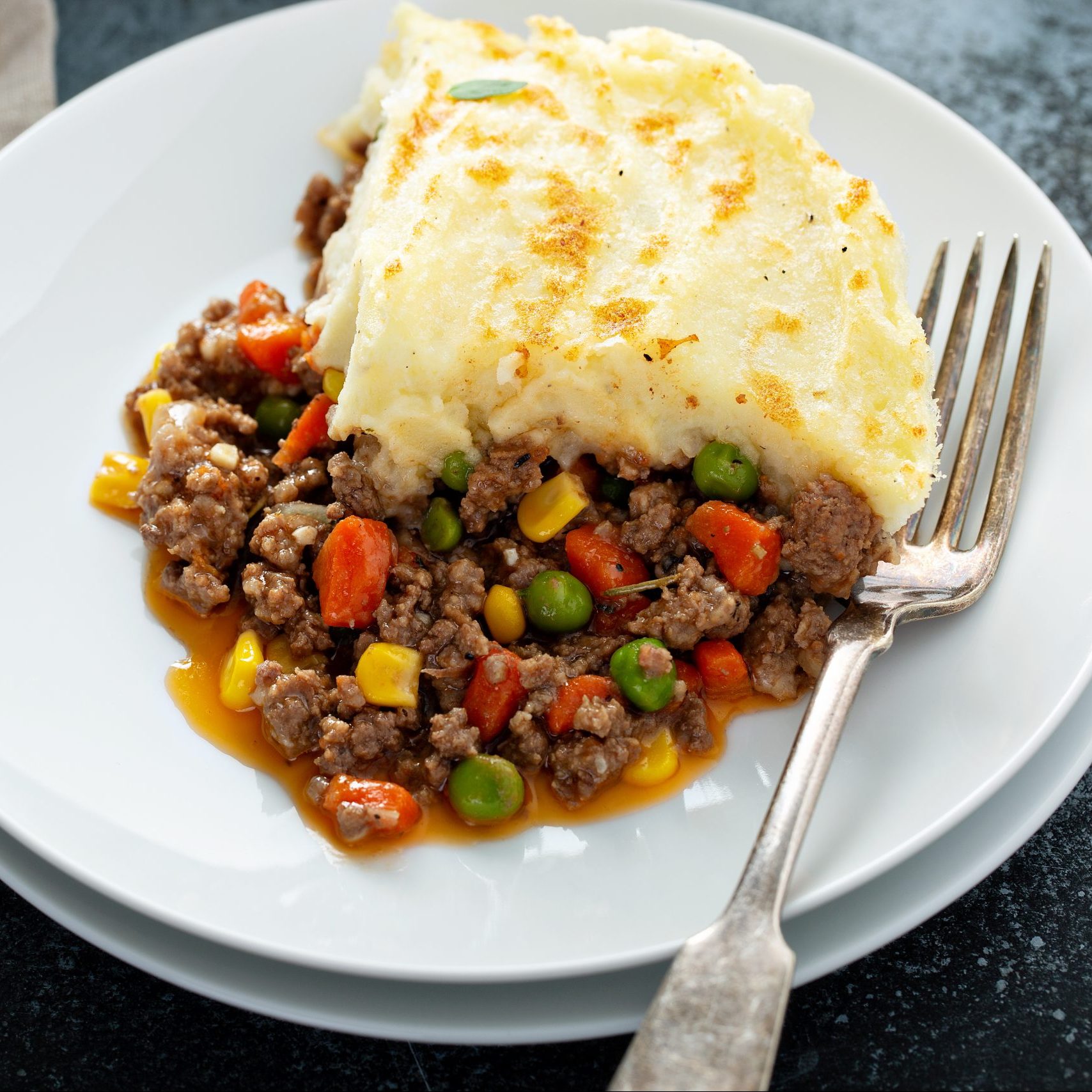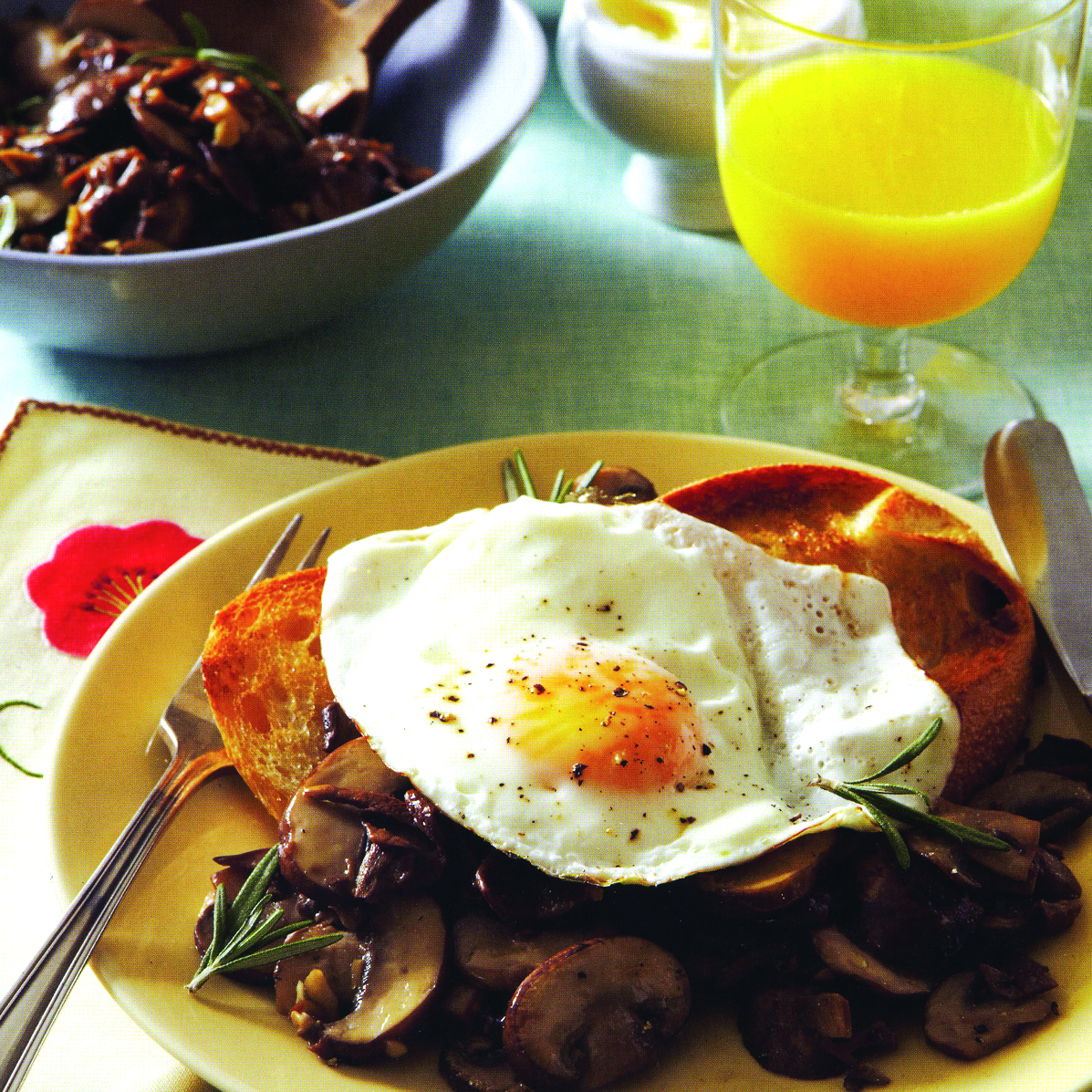Cinco de Mayo is a festive occasion that celebrates Mexican culture and food. Cinco de Mayo commemorates a minor Mexican victory over France that took place on May 5, 1862 at the Battle of Puebla. While it has never been a big deal in Mexico – especially in comparison to celebrations of Mexico’s independence – Cinco de Mayo has become a festive phenomenon north of the border.
When it comes to food and beverage, many people see Cinco de Mayo as an excuse to indulge in a few margaritas and dine on tacos. Those who prefer more authentic fare may want to explore further. Pork loin is a quintessential Mexican dish. It can be prepared in many ways with rich spices. This recipe for “Stuffed Loin of Pork” from “The Complete Mexican, South American & Caribbean Cookbook” (Metro Books) by Jane Milton, Jenni Fleetwood and Marina Filippelli, is stuffed with a ground pork mixture to make it even more savory.
Stuffed Loin of Pork
Serves 6
3 to 31/2 pounds boneless pork loin, butterflied and ready for stuffing
For the stuffing
1/3 cup raisins
1/2 cup dry white wine
1 tablespoon vegetable oil
1 onion, sliced
2 garlic cloves, crushed
1/2 teaspoon ground cloves
1 teaspoon ground cinnamon
11/4 pounds ground pork
2/3 cup vegetable stock
2 tomatoes
1/2 cup chopped almonds
1/2 teaspoon each salt and ground black pepper
1. Make the stuffing. Put the raisins and wine in a bowl. Set aside. Heat the oil in a large pan, add the onion and garlic, and cook for 5 minutes over low heat.
2. Add the cloves and cinnamon, then the pork. Cook, stirring, until the pork has browned. Add the stock. Simmer, stirring frequently, for 20 minutes.
3. While the pork is simmering, peel the tomatoes. Cut a cross in the bottom of each tomato, then put them both in a heatproof bowl. Pour in boiling water to cover. Leave the tomatoes in this water for 3 minutes, then lift them out on a slotted spoon and plunge them into a bowl of cold water. Drain. The skins will have begun to peel back from the crosses.
4. Remove the skins completely, then chop the flesh.
5. Stir the tomatoes and almonds into the pork mixture, add the raisins and wine. Cook until the mixture is reduced to a thick sauce. Let cool.
6. Preheat the oven to 350 F. Open out the pork loin and trim it neatly. Season the pork stuffing with salt and pepper to taste. Spread on the surface of the meat in a neat layer, taking it right to the edges and keeping it as even as possible.
7. Roll up the pork loin carefully and tie it at intervals with kitchen string. Weigh the pork and calculate the cooking time at 30 minutes per pound, plus another 30 minutes.
8. Put the stuffed pork loin in a roasting pan, season with salt and pepper, and roast for the calculated time. When the loin is cooked, transfer it to a meat platter, place a tent of aluminum foil over it, and let it stand for 10 minutes before carving and serving with the roasted vegetables of your choice.


